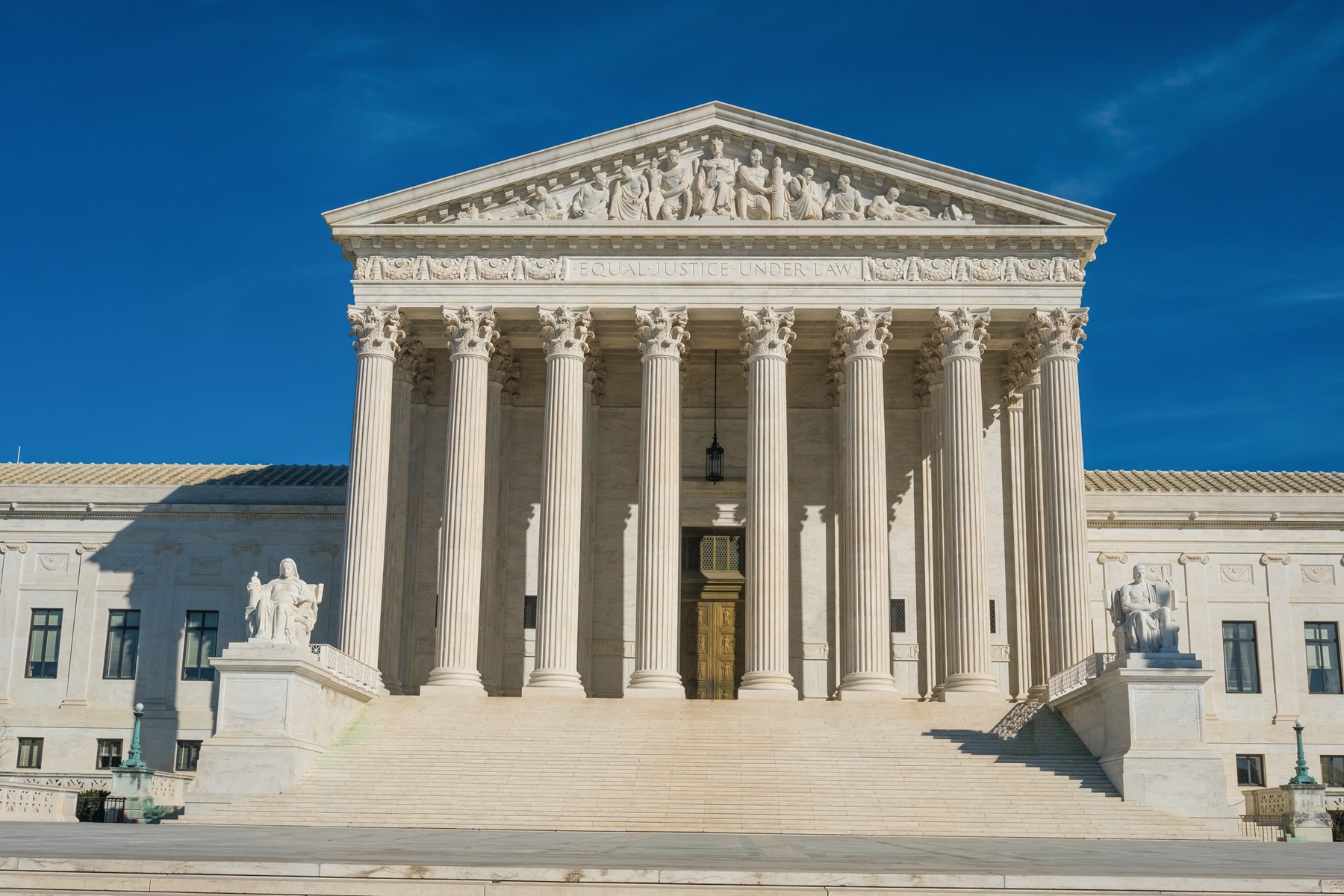The landscape of federal regulation is set for a seismic shift following a recent Supreme Court decision. On June 28, in Loper Bright Enterprises, et al, v. Raimondo, the court overturned a 40-year-old precedent known as the Chevron deference. This ruling is poised to significantly impact how federal agencies, including OSHA, regulate safety and health in the workplace.
What was Chevron deference?
The Chevron deference, established in the 1984 case Chevron v. Natural Resources Defense Council, gave federal agencies substantial power to interpret ambiguous statutes within their jurisdiction. If Congress hadn’t directly addressed an issue, courts were to defer to an agency’s interpretation as long as it was reasonable.
Why does this matter?
For four decades, the Chevron doctrine has been the cornerstone of administrative law in the United States. It allowed agencies like OSHA, EPA, and FDA to respond swiftly to emerging issues and apply their expertise to complex regulatory challenges.
What changes now?
With Chevron overturned, federal agencies may face more hurdles in creating and enforcing regulations. Courts will likely play a larger role in interpreting statutes, potentially leading to less consistent regulations across different jurisdictions.
Implications for workplace safety:
1. Regulatory uncertainty: OSHA and other agencies may face increased challenges when implementing new safety standards.
2. Slower responses: Agencies might be less agile in addressing emerging workplace hazards.
3. Increased litigation: We may see more court challenges to existing and future safety regulations.
4. Potential inconsistencies: Different court interpretations could lead to varying safety standards across regions.
What does this mean for businesses?
The impact on businesses is likely to be mixed. Some may benefit from potentially reduced regulatory burdens, while others might face challenges due to increased uncertainty and inconsistent interpretations of safety standards.
Looking ahead:
As the dust settles on this landmark decision, businesses, regulators, and safety professionals will need to navigate a new regulatory landscape. It’s more important than ever for companies to stay informed about legal developments and maintain robust safety programs that go beyond minimum compliance.
While the full implications of this ruling will take time to unfold, one thing is clear: the way federal agencies regulate workplace safety and health is set for significant change. As always, employee safety should remain at the forefront of business operations, regardless of regulatory shifts.
Please contact our team for questions on this decision, as we continue to monitor further developments.
Recent Posts
Protected: AICC Webinar on Commercial Vehicle Enforcement – Webinar Recording and Resources Available
This content is password-protected. To view it, please enter the password below. Password:
New Rules, Same Solution: NARFA Handles Compliance So You Don’t Have To
Everyone's talking about the insurance rate explosions, which seem to increase every year. But while you're focused on managing costs, Washington is preparing a wave [...]
Beyond Paperwork: How Your Benefits Administrator Becomes Your 2025 Benefits Strategy Partner
The 2025 Reality: Why Off-the-Shelf Plans Aren't Working Every year, the renewal notice arrives with a painful rate increase. For small and mid-sized businesses, this [...]



